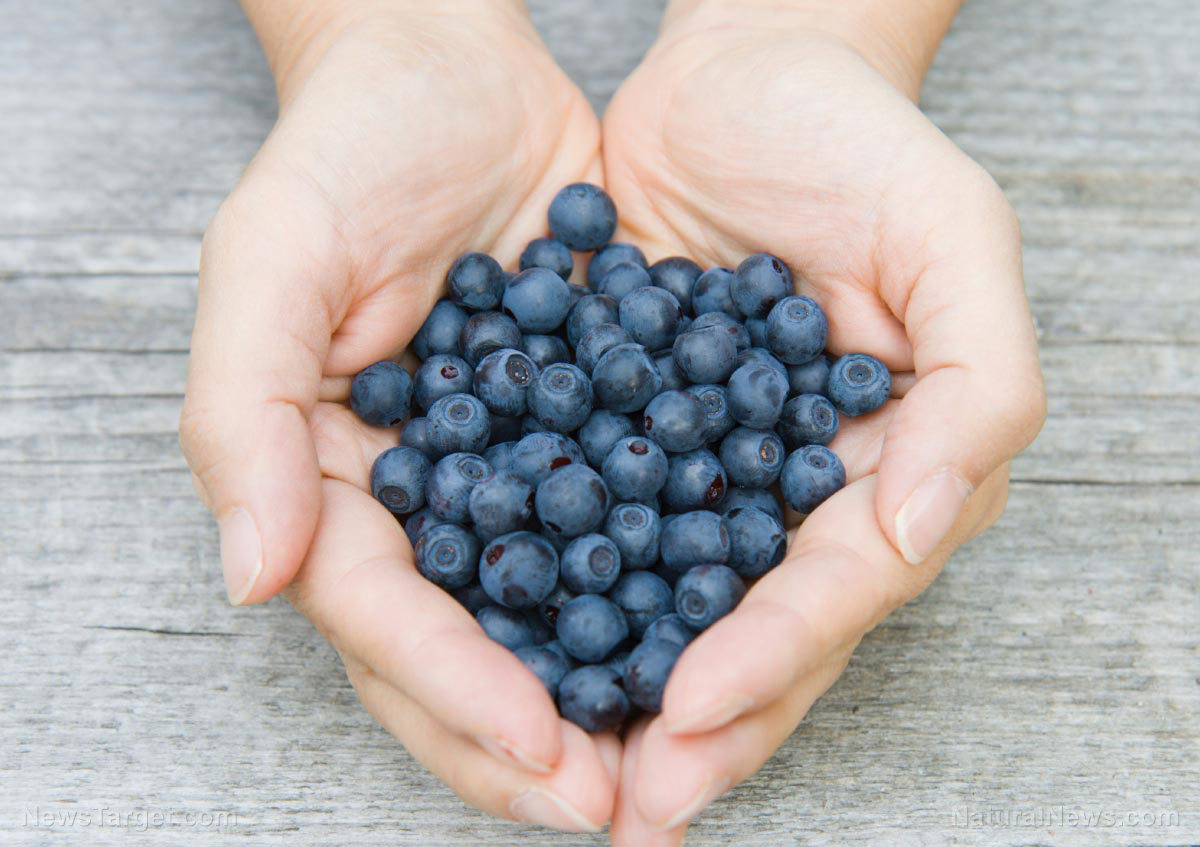12/01/2021 – Eating a well-balanced diet consisting of nutritious foods like fruits and vegetables can help improve your overall well-being. According to a study published in 2013, eating whole fruits can even help lower your risk of developing Type 2 diabetes. However, some fruits are more effective than others at preventing the disease.
The study, which was conducted by researchers from Harvard University, analyzed data from three long-running health studies that included 151,209 women and 36,173 men. All volunteers answered questionnaires about their lifestyle, diet and health, particularly any diseases they’d developed, every few years for at least two decades.
Fruit consumption and diabetes risk
The researchers asked the participants specifically about these 10 fruits:
– Apples or pears
– Bananas
– Blueberries
– Cantaloupe
– Grapefruit
– Grapes or raisins
– Oranges
– Peaches
– Plums or apricots
– Prunes
– Strawberries
After analyzing their data, the researchers found that blueberries were the most effective fruits for preventing diabetes, followed by grapes and apples. Bananas and grapefruit were also good for diabetes prevention.
Strawberries didn’t have much of an effect. On the other hand, cantaloupe slightly increased the risk for Type 2 diabetes.
The researchers also discovered that drinking all kinds of fruit juice, including apple, orange and grapefruit juice, was linked to a higher risk of diabetes. Findings also revealed that replacing three servings of fruit juice each week with blueberries helped lower the risk of Type 2 diabetes by 33 percent on average.
Replacing fruit juice with grapes and raisins lowered diabetes risk by 19 percent; apples and pears reduced the risk by 13 percent; and any combination of whole fruits decreased the risk by seven percent. Replacing fruit juice with oranges, peaches, plums and apricots also had a similar effect.
If you have Type 2 diabetes, your body can’t produce enough insulin, the hormone that pulls glucose out of the bloodstream and into your cells to be stored and released later. Without sufficient insulin, blood sugar spikes and falls sharply.
Researchers suggest that blueberries, red grapes and apples may lower the risk of Type 2 diabetes because they contain high levels of anthocyanins, which have been shown to increase glucose uptake by cells in mice with diabetes.
Qi Sun, one of the study authors and an assistant professor at Harvard School of Public Health, said that generally, fruit juices contain less beneficial compounds than whole fruits.
Sun explained that the juicing process gets rid of the fruit and leaves only fluids that are absorbed more quickly. Drinking fruit juice thus causes blood sugars and insulin levels to rise if they contain sugars.
You can lower your risk of developing Type 2 diabetes by reducing your fruit juice consumption and eating more whole fruits instead, concluded Sun.
According to health experts, following a nutritious diet that includes a variety of fruits and vegetables and exercising regularly is the best way to prevent Type 2 diabetes.
Kamlesh Khunti, professor of primary care diabetes and vascular medicine at the University of Leicester, explained that the large study has proven that eating any fruit is good. Consume at least five portions of fruit and vegetables daily, advised Khunti.
Healthy snacking tips for diabetes prevention
Follow these tips to prevent diabetes and manage cravings if you already have diabetes:
– Drink water instead of soda or sugary beverages. Thirst can feel like hunger, and staying hydrated ensures that you feel full longer. You can drink coffee and tea in moderation, but don’t add cream, sugar and other flavorings that will increase the caloric content of your beverage and elevate your blood sugar.
– If you have diabetes, drink water instead of diet drinks with artificial sweeteners. Even though the Food and Drug Administration (FDA) considers many of these sweeteners safe for human consumption, their health benefits have been invalidated by large-scale studies.
– Limit your intake of processed foods. Processed and packaged foods are loaded with sodium and sugar, making them bad for you.
– Follow a routine. Try to eat your meals and snacks at the same time every day to prevent excessive snacking. Spacing meals evenly can help prevent blood sugar dips and spikes and stave off hunger that can cause overeating.
Eat whole foods and fresh fruits to stay healthy and prevent Type 2 diabetes. You can visit Superfoods.news to learn more foods that are good for your overall well-being.



